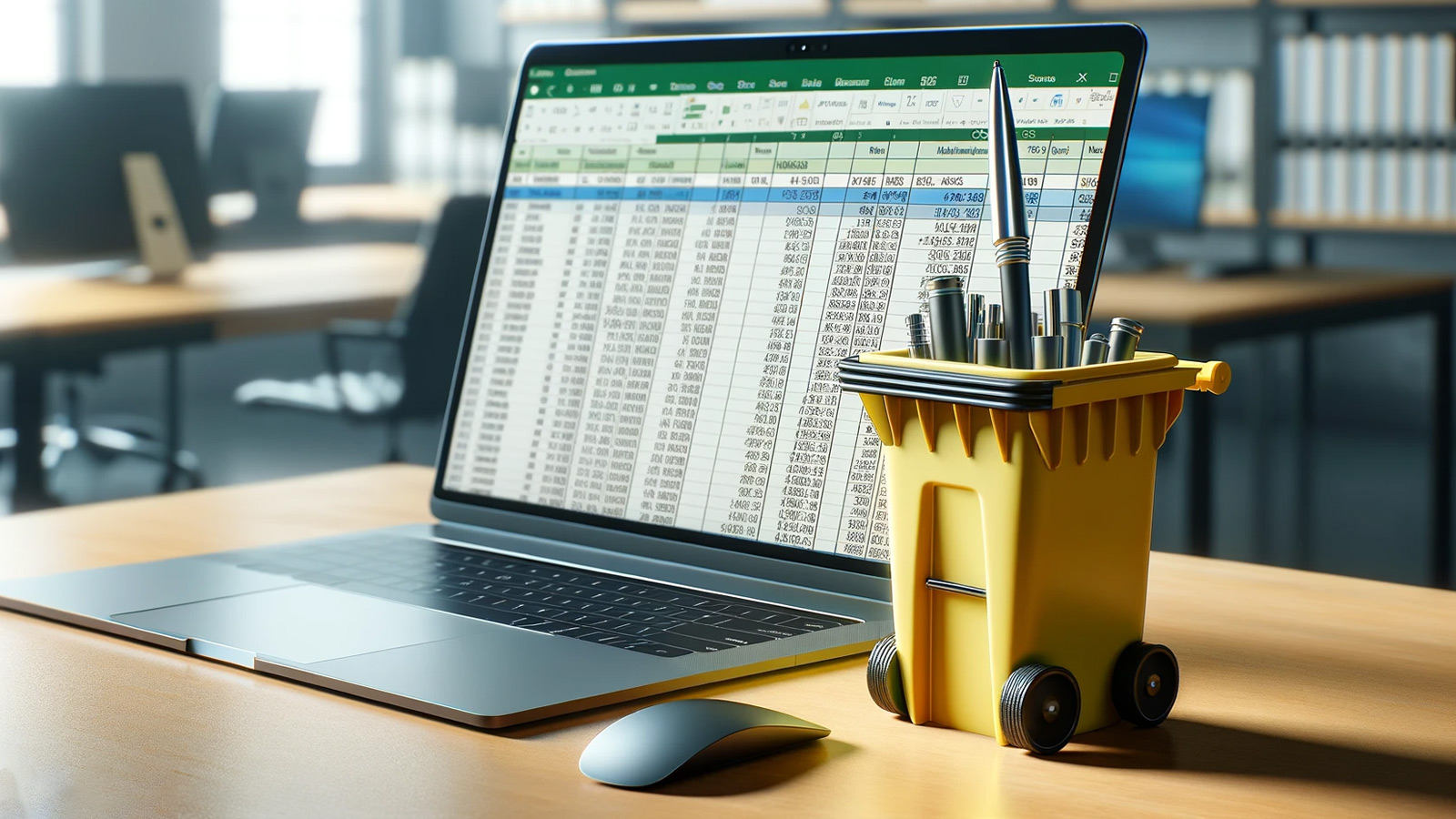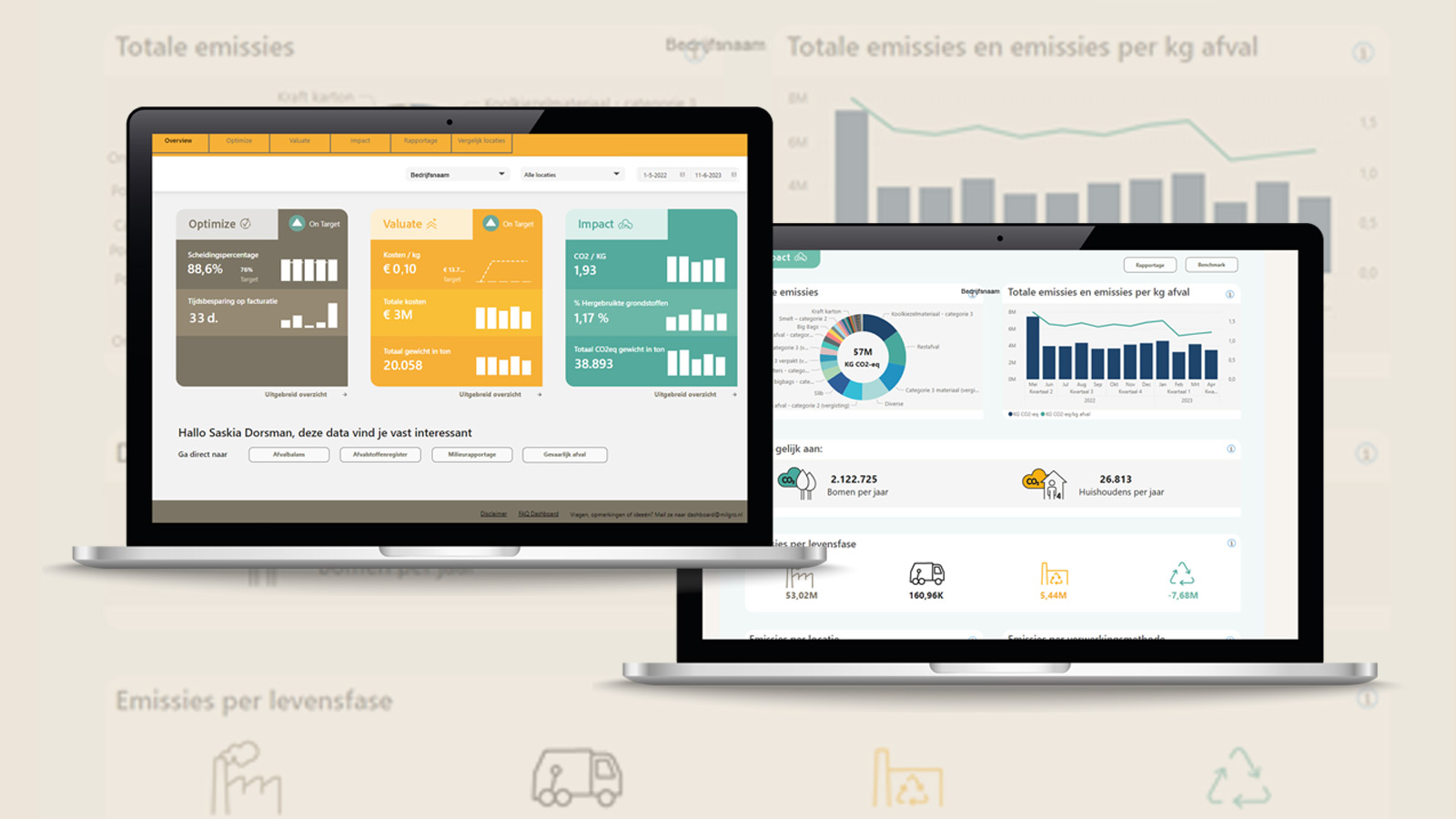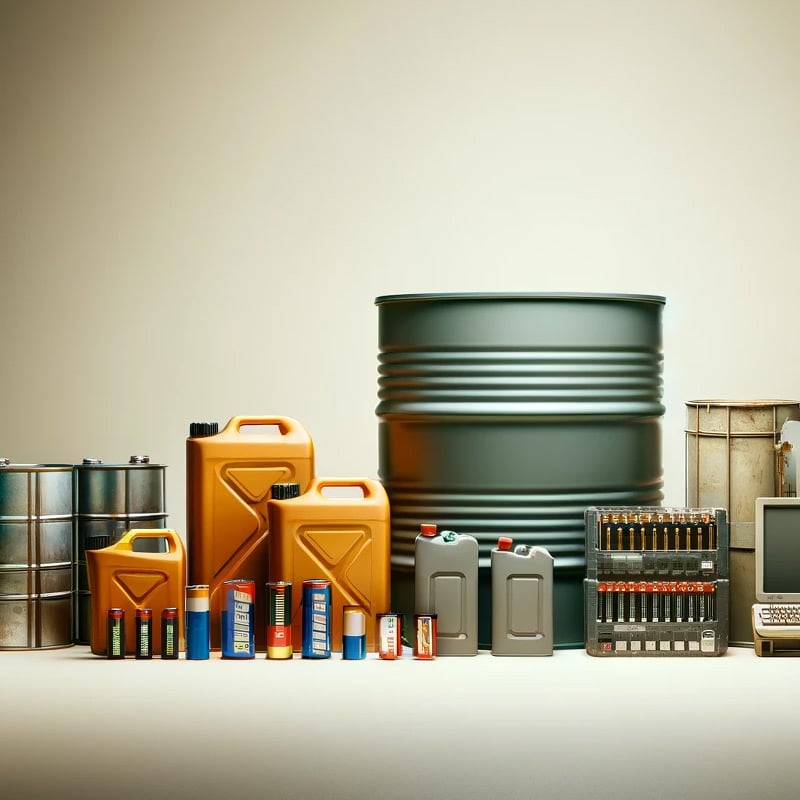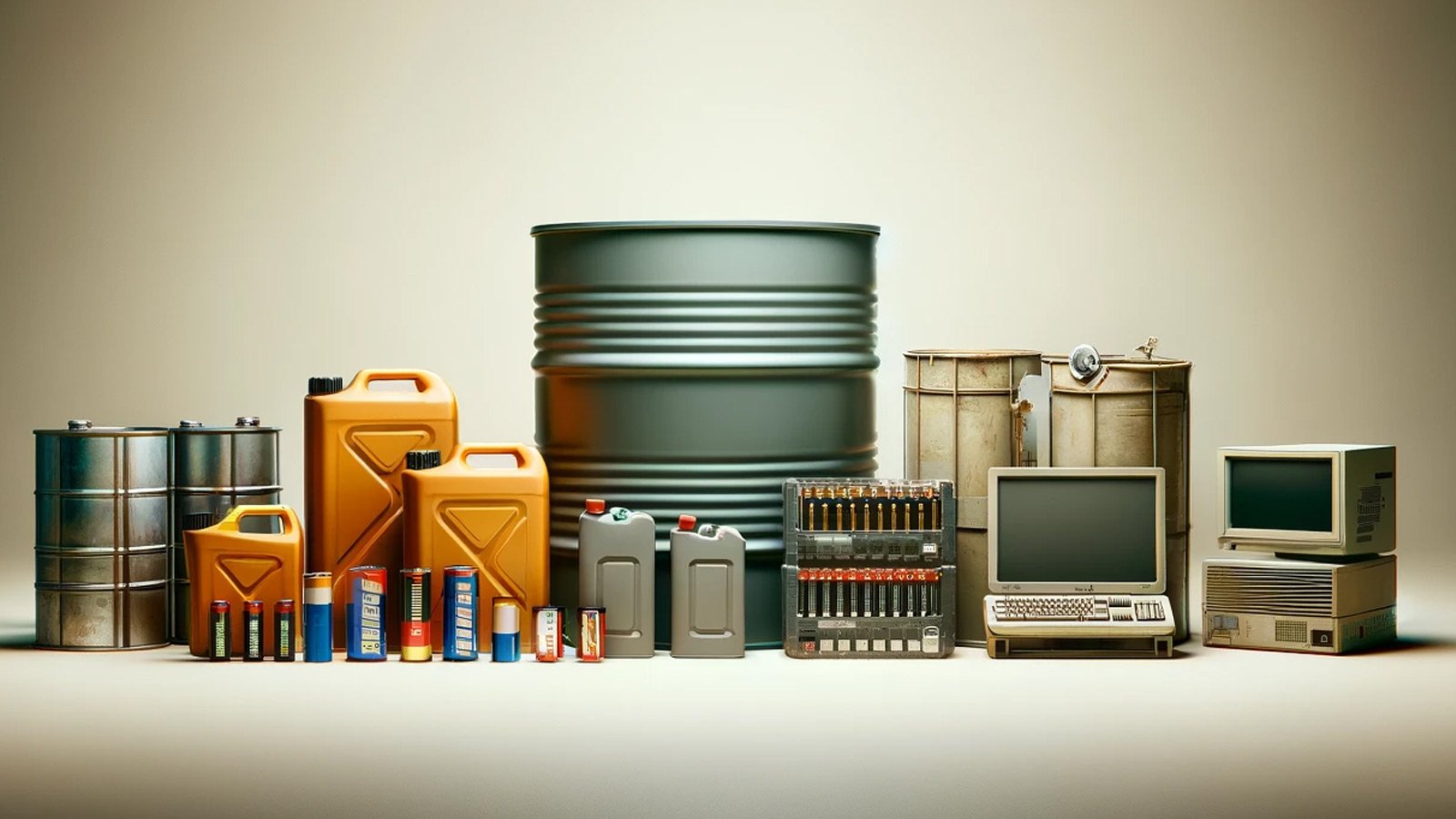Does your company collect, transport or work with hazardous materials? If so, you must do everything possible to prevent harm to people, animals and the environment. However, managing waste streams and hazardous materials can be a challenge for your company. With a clear dashboard, Milgro offers help with the registration of hazardous waste. We tell you all about it in this article.
What is hazardous waste?
Hazardous waste can range from chemicals to electronic waste to medical waste. Waste is classified as hazardous when it contains substances that can harm our health and the environment. Therefore, strict safety requirements apply to the disposal of this waste.
Types of hazardous waste
We list the main types of hazardous waste:
- Chemical waste: containing harmful chemicals, such as acids and bases. Hazardous if in contact with skin, inhaled or if released into the environment.
- Electronic waste, also called e-waste: old electronic equipment such as computers, televisions and cell phones. E-waste often contains toxic substances, such as lead, mercury and cadmium.
- Batteries: household batteries, which increasingly contain lithium-ion. But also car batteries containing heavy metals, such as lead, mercury and cadmium.
- Oil and fuels: think used motor oil, gasoline and other fuels. They are flammable and highly polluting to soil and water.
- Asbestos-containing materials: inhaling asbestos fibers can cause serious health problems. Asbestos used to be widely used as a building material and in packaging.
- Medical waste, such as syringes, bandages and other used materials. This waste from hospitals and medical facilities can be contaminated with pathogens.
- Paint, varnish and thinners. These can contain environmental toxins and cause harm when inhaled.
Read also

CSRD starter kit: free download
Mandatory waste registration: CSRD
Since Jan. 1, 2024, the European Corporate Sustainability Reporting Directive (CSRD) has been in effect. This new legislation is part of the European Green Deal and aims at a climate-neutral Europe by 2050. Transparent reporting on sustainability is the starting point of the CSRD. Among other things, this means that companies must make all waste streams transparent. This is not just about how much waste your company produces or processes. The distinction between hazardous and non-hazardous waste is also relevant.
EURAL classification
The European Waste List (EURAL) provides European member states with a common basis for identifying and recording hazardous waste. The EURAL thus provides an effective tool for classifying hazardous waste.
Milgro offers insight into hazardous waste
Staying compliant with the new CSRD regulations is incredibly important for your business. Not only will you meet your legal obligations, but also the moral obligation that consumers are increasingly placing on companies. With a clear, functional dashboard, Milgro offers your company the ability to proactively gain insight into hazardous waste.
Milgro ensures hazardous waste compliance
For more than 30 years, we have been working toward a world without waste. As a connector in a large network, we help companies move toward circular business operations. In doing so, a grip on raw materials and waste is indispensable. To ensure compliance of hazardous waste, we take various measures.
- Packaging material: we ensure that every waste is transported and processed in the correct packaging material.
- Processor: we conduct annual audits of our processors. This way we guarantee the proper processing of hazardous waste.
- Collection and transport: we ensure that hazardous waste is processed and transported only by collectors and transporters with the necessary certification.
- Value reporting: we provide useful insights into the value and costs of hazardous waste with the Milgro dashboard.
- EURAL code: we link the correct EURAL code to waste materials. However, you always remain responsible for the correct EURAL classification.
Gain insight into your hazardous waste?
With CSRD legislation in mind, it is vital for a company to understand your hazardous waste. Managing waste according to EURAL and related legislation can be challenging. Milgro's dashboard provides you with the tools you need.
Stay informed
Stay up to date on all new developments? Follow us on LinkedIn or Instagram. Or subscribe to the newsletter. Are you curious about what Milgro can do for your operations and waste process? Contact us














